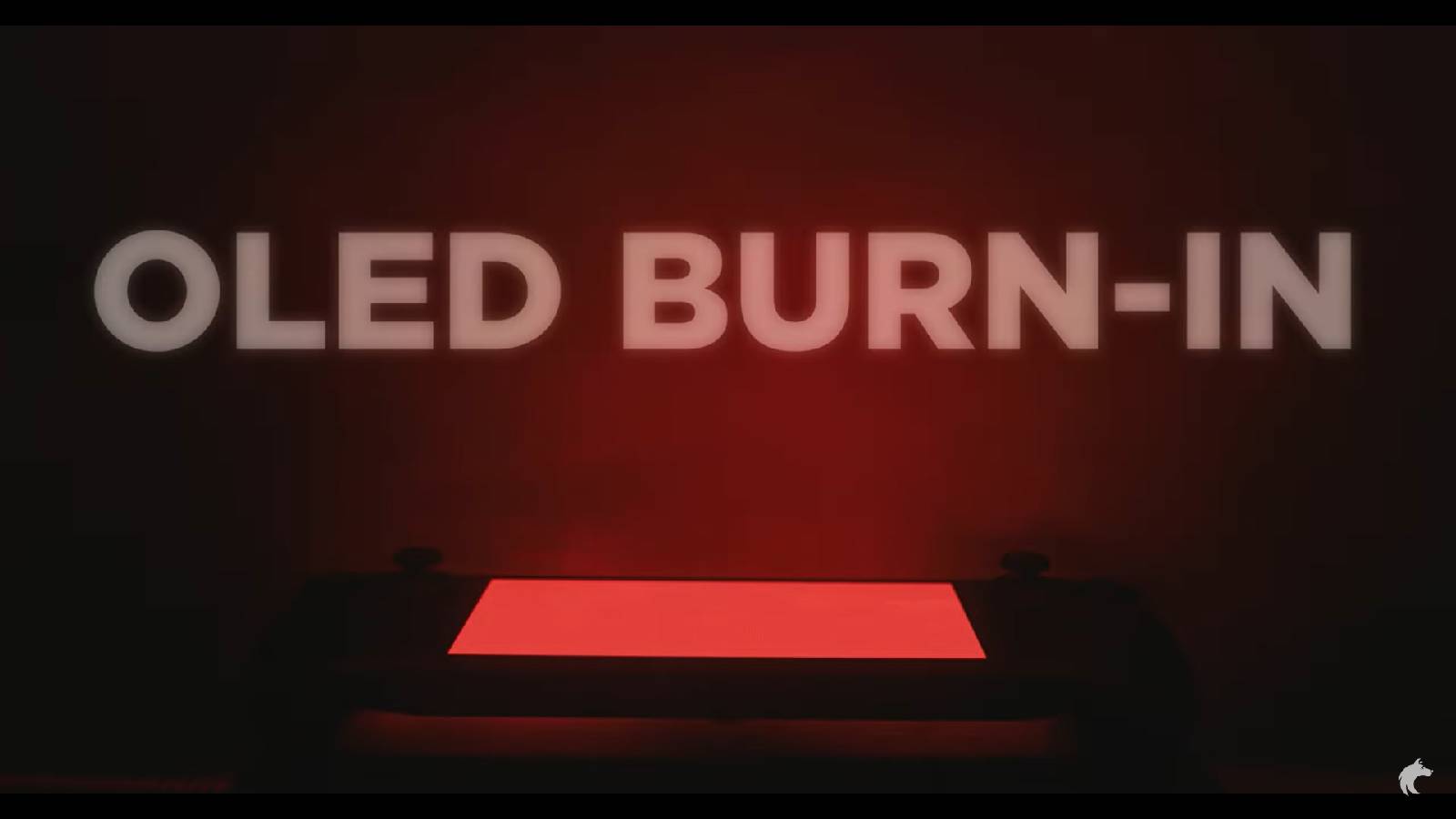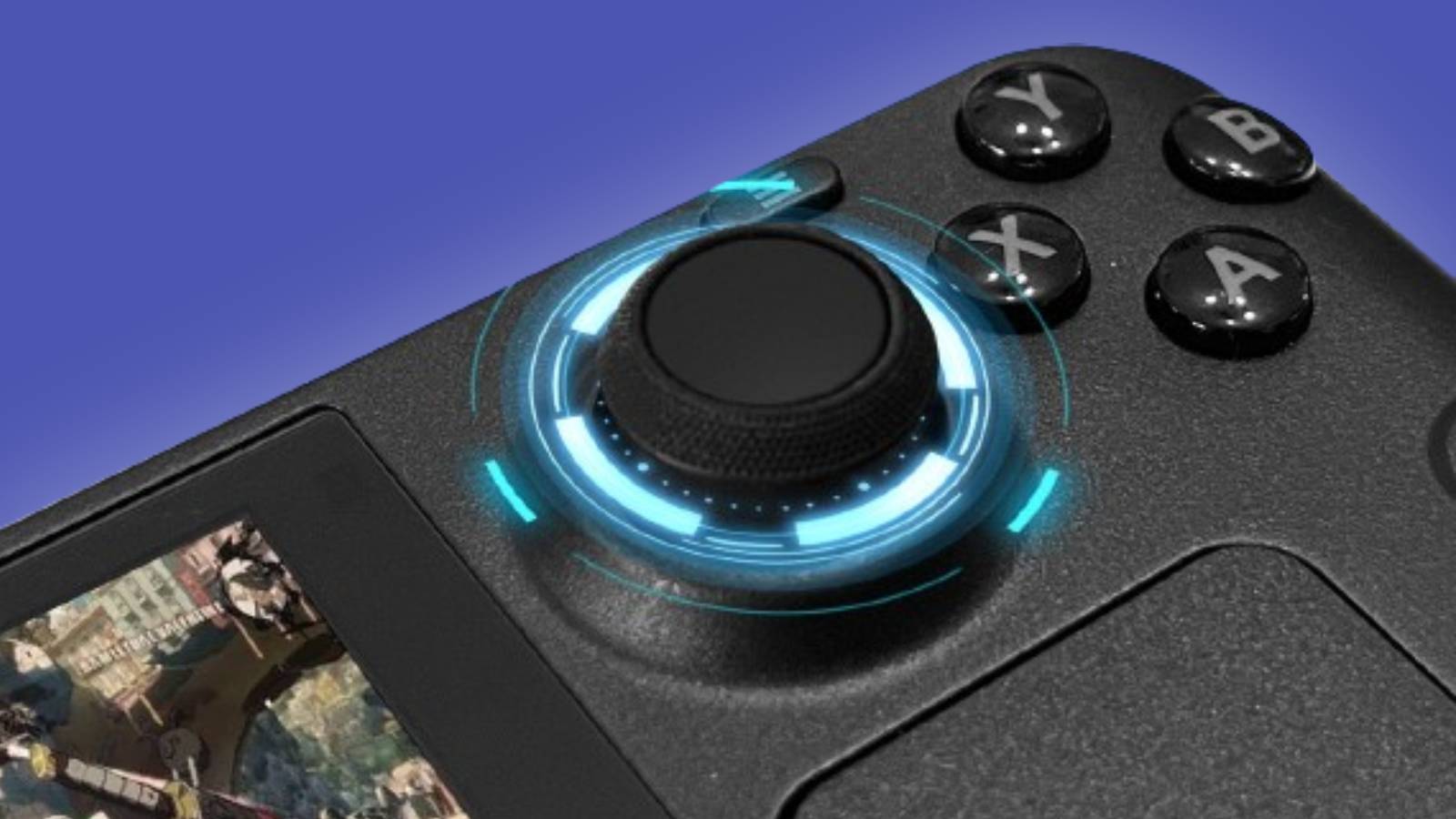YouTuber pushes Steam Deck OLED to its limits with burn-in test
 YouTube
YouTubeShould you be worried about burnt-in pixels on your Steam Deck OLED? One YouTuber did the ultimate test to find out.
When using an OLED screen of any sort, be that phone, monitor, or games console, it is possible for images that are used repeatedly or that are always on-screen, such as the UI of a game, to leave behind ‘ghost pixels’. These afterimages can be seen even when the image is no longer on screen, this effect is known as screen burn or burn-in.
Youtuber Wullf Den previously tested the Switch OLED by leaving it on for over 1800 hours, running a single Breath of the Wild screenshot until the effects of OLED burn-in could be seen. Wulff was quite impressed with how the Switch OLED performed, saying that even after that length of time, the burned-in pixels were still extremely faint.
Wullf took a slightly different approach with the Steam Deck OLED test than with the Switch. Though he was using the same Breath of the Wild screenshot for the sake of consistency, since the Steam Deck has a slightly taller screen than the Switch, he also added in some test patterns, including small blocks of solid colors and black and white stripes.
65 days later burn-in results show
The Steam Deck OLED had been left running for roughly 65 days when Wullf unexpectedly needed to use the Steam Deck OLED he was using for testing. He discovered that burn-in had already begun to take place, although it was fairly light. It was particularly noticeable in the top right corner where the black and white striped sections of the test patterns had been placed.
Another factor that Wullf used the test bar pattern to check was which colors burned-in the fastest. This appeared to be blue and red. Wullf noted that the Steam Deck OLED screen can use a peculiar pattern for its sub-pixels, where the blue areas were larger than red or green, though it is unknown if this affected the result.
It was also noted that another YouTuber called The Fox conducted a test using HDR or High Dynamic Range and a program that he created himself. Wullf was only using SDR, and explained that HDR was roughly 40% brighter, which resulted in the Steam Deck OLED used by The Fox becoming unusable after a 750-hour burn-in test.
The Nintendo Switch OLED has a lower maximum brightness than the Steam Deck OLED, and Wullf speculated that this may have been done on purpose to limit the effects of burn-in. However, it is impossible to say for sure. Needless to say, it’s probably not a great idea to leave a Steam Deck on for 65 days, and this is a very extreme example of how OLED screens can burn in.



